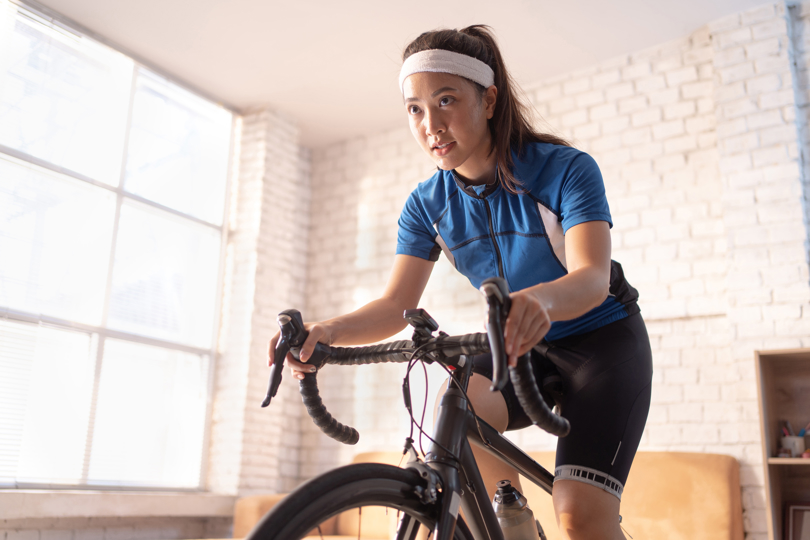
This article is based on research done in collaboration with Prof. Mickey Scheinowitz, Shai Bogomilsky, and Guy Shalmon of Tel Aviv University. It was used by medical student Shai Bogomilsky as part of her requirements for an MD degree at the Sackler Faculty of Medicine.
ABSTRACT: In previous studies investigating thermal imaging in sports, the researchers attempted unsuccessfully to detect a correlation between temperature and physiological variables. In this study, a world’s-first image processing algorithm was developed that allows to quantify texture changes from thermal images during exercise. The results of this study serve as the basis for developing automated systems for monitoring pulmonary ventilation touchlessly and without radiation. In the experiments, conducted at the Sylvan Adams Sports Institute, volunteers rode SRM bicycles and were thermally imaged, in order to register the correlation between the increase in pulmonary ventilation (VE) and the changes in skin temperature during exercise. The study findings show that no changes were detected in absolute temperatures. However, the texture values calculated from the chest thermal image increased significantly during the stress test. The texture value, calculated using the algorithm, was significantly correlated with exercise duration and intensity (p < 0.001). Furthermore, a high correlation was detected between the increase in pulmonary ventilation (VE) and the texture value calculated from the chest thermal image during exercise.


Dr. Oshrit Hoffer published an article in Nature Scientific Reports
Share a link using:
https://external.afeka.ac.il/en/industry-relations/research-authority/dr-oshrit-hoffer-published-an-article-in-nature-scientific-reports/WhatsApp
Facebook
Twitter
Email
https://external.afeka.ac.il/en/industry-relations/research-authority/dr-oshrit-hoffer-published-an-article-in-nature-scientific-reports/